The speeding up of a process through the use of an "enzyme" is known as enzyme catalysis. The majority of these processes—chemical reactions—involve proteins, which make up most enzymes. The active site is a specific location where catalysis often takes place within an enzyme. Proteins make up the majority of enzymes; these proteins may be found in a single protein chain or several chains together in a multi-subunit complex. Frequently, non-protein components like metal ions or specialised chemical molecules known as cofactors are also incorporated by enzymes (e.g. adenosine triphosphate). Many cofactors are vitamins, and their employment in the catalysis of biological processes within metabolism is intimately related to their function as vitamins. Many, but not all, metabolically necessary processes have very low catalytic enthalpies, hence it is crucial that the cell can efficiently catalyse biological reactions. Although only the most important enzymes operate near catalytic efficiency limitations and many enzymes are far from optimum, the optimization of such catalytic activity is a major force in protein evolution. In addition to conventional acid and base catalysis, orbital steering, entropic restriction, orientation effects (also known as lock and key catalysis), motional effects involving protein dynamics, and entropic effects are also significant variables in enzyme catalysis. Although enzyme catalysis mechanisms differ, they are all, in theory, comparable to other forms of chemical catalysis in that lowering the energy barrier(s) separating the reactants from the products—or substrates—is essential. The percentage of reactant molecules that can break through this barrier and produce the product increases when activation energy (Ea) is reduced.

Stanislaw Dzwigaj
Sorbonne University, France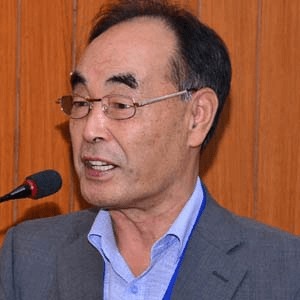
Dai Yeun Jeong
Asia Climate Change Education Center, Korea, Republic of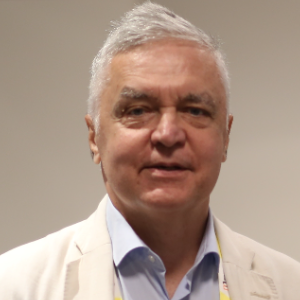
Sergey Suchkov
N.D. Zelinskii Institute for Organic Chemistry of the Russian Academy of Sciences, Russian Federation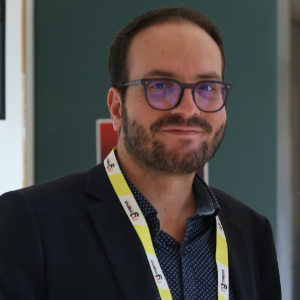
Enrico Paris
CREA-IT & DIAEE, Italy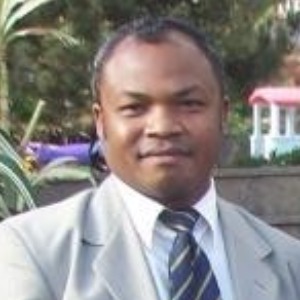
Rabeharitsara Andry Tahina
GPCI-ESPA Antananarivo University, Madagascar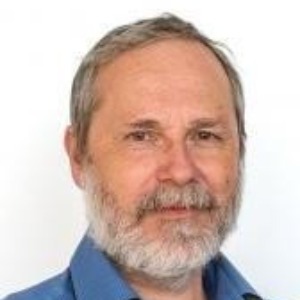
Jiri Dedecek
J Heyrovsky Institute of Physical Chemistry , Czech Republic
Uday Som
Research and Development Engineer, Japan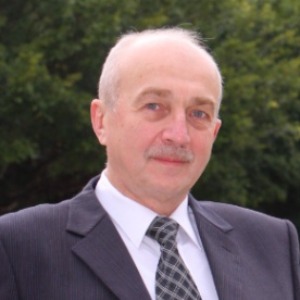
Vladimir G Chigrinov
Hong Kong University of Science and Technology, Russian Federation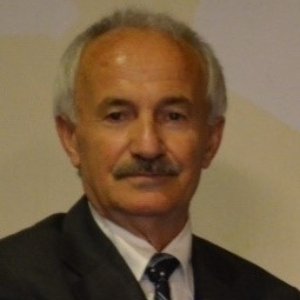



Title : Distant binuclear vanadium V(II) cationic sites in zeolites and their reactivity
Jiri Dedecek, J Heyrovsky Institute of Physical Chemistry , Czech Republic
Title : Advanced nanostructures for carbon neutrality and sustainable H₂ energy
Tokeer Ahmad, Jamia Millia Islamia, India
Title : Personalized and Precision Medicine (PPM) as a unique healthcare model via bi-odesign, bio- and chemical engineering, translational applications, and upgraded business modeling to secure the human healthcare and biosafety
Sergey Suchkov, N.D. Zelinskii Institute for Organic Chemistry of the Russian Academy of Sciences, Russian Federation
Title : Antibody-proteases as a generation of unique biomarkers, biocatalysts, potential targets and translational tools towards nanodesign-driven biochemical engineering and precision medical practice
Sergey Suchkov, N.D. Zelinskii Institute for Organic Chemistry of the Russian Academy of Sciences, Russian Federation
Title : Dimethyl ether synthesis from syngas over Cu-Zn/Al2O3 catalysts prepared using the Sol-Gel method
Uday Som, Research and Development Engineer, Japan
Title : Influence of various catalysts on H₂ enhancement and CO2 capture during syngas upgrading
Enrico Paris, CREA-IT & DIAEE, Italy
Title : Photoaligned azodye nanolayers : New nanotechnology for liquid crystal devices
Vladimir G Chigrinov, Hong Kong University of Science and Technology, Russian Federation
Title : Application of vanadium, tantalum and chromium single-site zeolite catalysts in catalysis
Stanislaw Dzwigaj, Sorbonne University, France
Title : Oxidation of methane to methanol over pairs of transition metal ions stabilized in the zeolite matrices
Jiri Dedecek, J Heyrovsky Institute of Physical Chemistry , Czech Republic
Title : The Concept and Implications of Low Carbon Green Growth
Dai Yeun Jeong, Asia Climate Change Education Center, Korea, Republic of